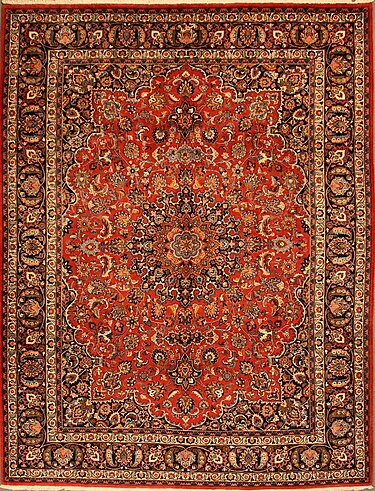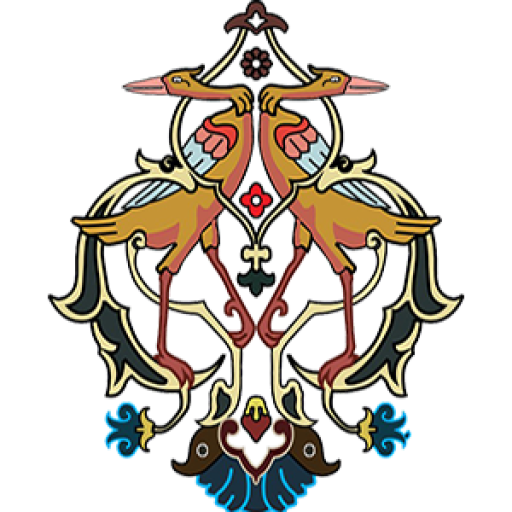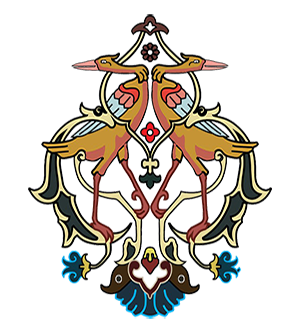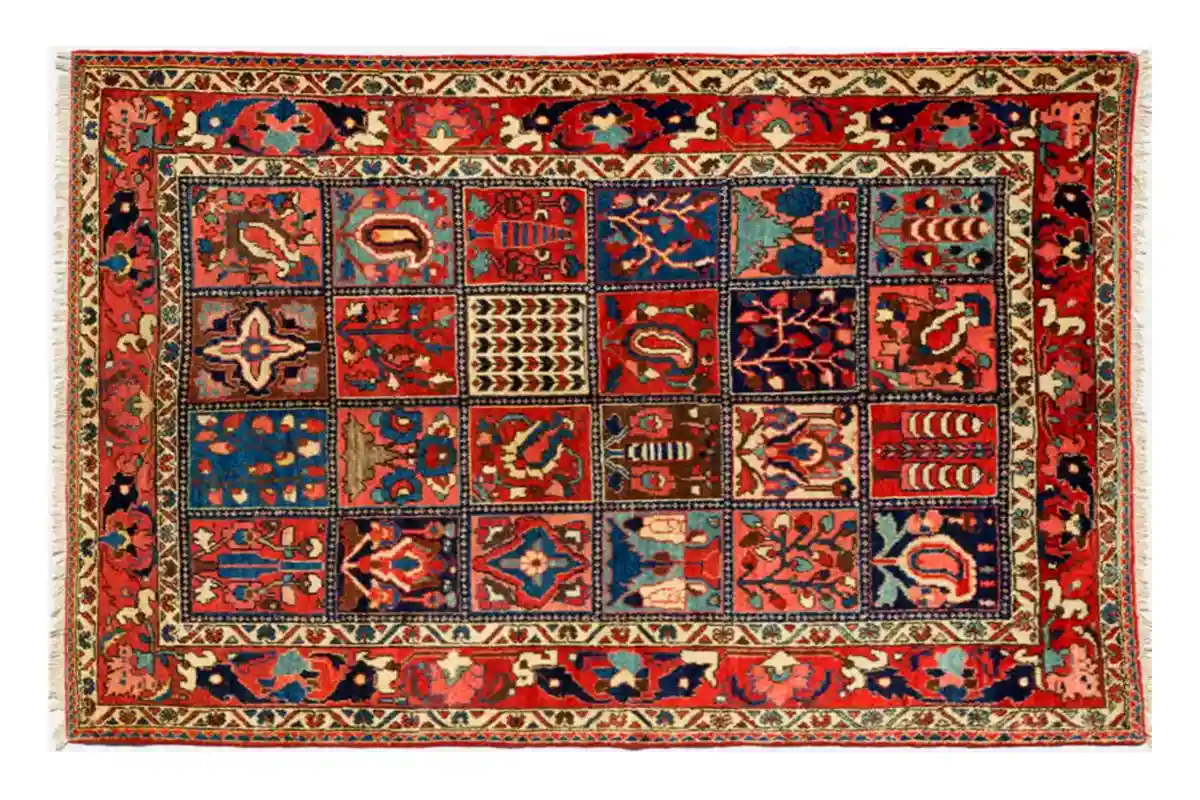The Persian ruge types

Persian rugs are classified into several types, each with unique characteristics and regional distinctions. These types include nomadic (tribal), village, and town (urban) rugs. Each category reflects the lifestyle, environment, and materials available to the artisans who created them, leading to distinct styles and aesthetics within the broader world of Persian rugs.
- Nomadic (Tribal) Rugs
Nomadic or tribal rugs are created by Persian nomads, such as the Qashqai, Bakhtiari, and Kurdish tribes, who weave rugs as part of their traditional way of life. These rugs often reflect the personal expression of the weaver, as they are typically made without formal designs or pre-planned patterns.
- Design and Patterns: Tribal rugs usually feature geometric shapes, stylized animals, and symbols with deep cultural and spiritual significance. The designs are often bold and less intricate than village or town rugs but have a distinct charm and authenticity.
- Materials and Colors: Made from locally sourced wool, these rugs are often dyed with natural colors derived from plants, minerals, and roots. The wool may have a coarser texture, which adds to the rustic look of these rugs.
- Knotting Technique: Nomadic rugs often use a looser knotting technique than town or village rugs, with lower knot densities due to the simpler designs.
- Size and Shape: Since nomads are constantly on the move, these rugs are often smaller, lightweight, and designed for practical use, making them easier to transport.
- Village Rugs
Village rugs are produced in small towns and villages across Persia, where artisans combine traditional tribal elements with more refined techniques. These rugs reflect the rural lifestyle while incorporating influences from urban weaving centers, resulting in pieces that blend rustic charm with greater structural consistency.
- Design and Patterns: Village rugs often feature a blend of geometric and floral patterns, with repetitive motifs and medallion designs. Unlike tribal rugs, village rugs are often woven with some design guidance, giving them more symmetry and consistency.
- Materials and Colors: Village weavers use both locally sourced wool and cotton, which allows for a softer, more durable weave. Natural dyes are common, though synthetic dyes are sometimes used for brighter colors.
- Knotting Technique: The knot density of village rugs is typically higher than that of tribal rugs but lower than town rugs, resulting in a balance of detail and durability.
- Size and Shape: These rugs are usually larger than tribal rugs, as they are woven in homes rather than tents. Village rugs often serve as family heirlooms, adding warmth and personality to the living space.
Examples of popular village rug types include Hamadan, Shiraz, and Bakhtiari rugs, each of which displays unique characteristics based on its village or region of origin.
- Town (Urban) Rugs
Town rugs, also known as city or urban rugs, are crafted in well-established weaving centers such as Isfahan, Tabriz, Kashan, and Qom. These rugs are considered the pinnacle of Persian rug artistry and are created with the highest level of craftsmanship.
- Design and Patterns: Town rugs are known for their intricate, often floral designs, featuring central medallions, elaborate borders, and detailed motifs. These designs are carefully planned, often drawn out by skilled artists, and executed with precision.
- Materials and Colors: These rugs use the highest-quality materials, including fine wool, silk, or a wool-silk blend. Silk rugs are particularly valued for their lustrous appearance and fine detailing. Urban rugs are known for their vibrant and refined color palettes, with natural dyes often used for softer, enduring shades.
- Knotting Technique: Town rugs have a very high knot density, sometimes reaching hundreds of knots per square inch. This results in finely detailed designs that require more time and skill to produce, contributing to their higher value.
- Size and Shape: Town rugs are often larger and more varied in size, ranging from room-sized carpets to smaller, decorative pieces. Their durability and artistry make them highly valued and sought after by collectors.
Summary Table: Key Differences Among Persian Rug Types
| Category | Typical Designs | Materials | Knot Density | Notable Regions/Towns |
| Nomadic | Geometric, symbolic | Coarse wool | Low | Qashqai, Bakhtiari, Kurdish |
| Village | Floral and geometric | Wool, some cotton | Medium | Hamadan, Shiraz, Bakhtiari |
| Town (Urban) | Intricate floral, medallion | Fine wool, silk | High | Isfahan, Tabriz, Kashan, Qom |
Each type of Persian rug reflects the unique cultural heritage and lifestyle of the weavers. Nomadic rugs offer a raw, rustic beauty; village rugs showcase tradition with added refinement; and town rugs represent the height of Persian craftsmanship, with delicate details and luxurious materials. This diversity in craftsmanship, materials, and techniques is part of what makes Persian rugs so valuable and captivating to collectors and enthusiasts worldwide.



